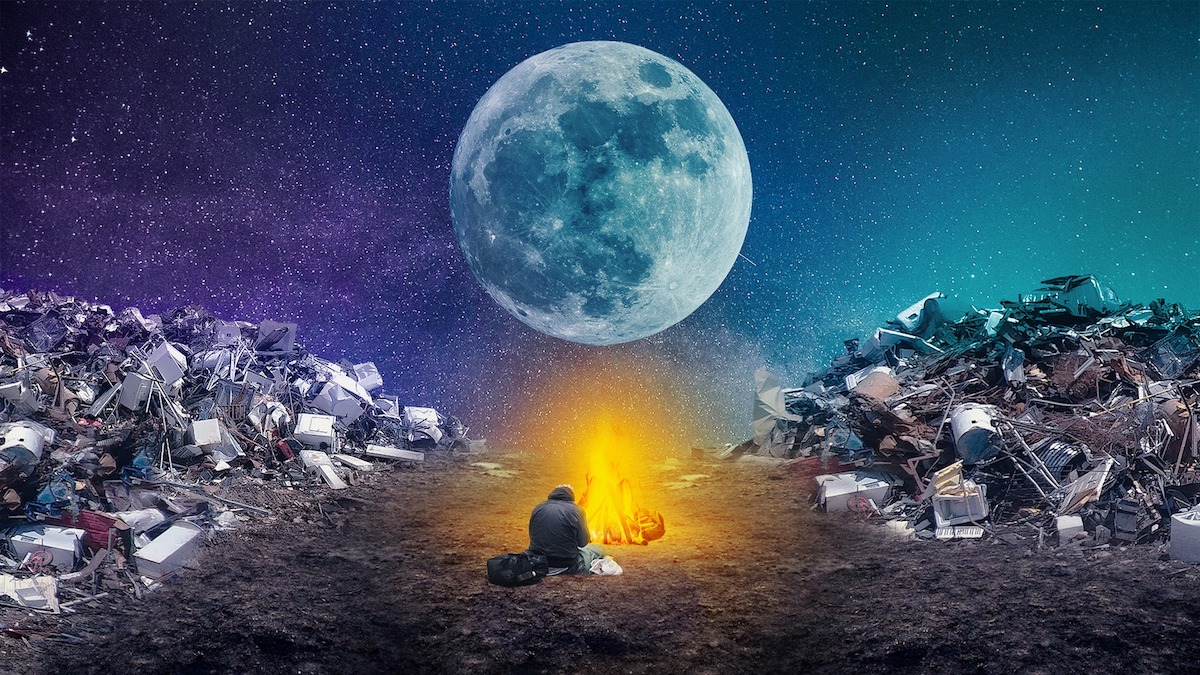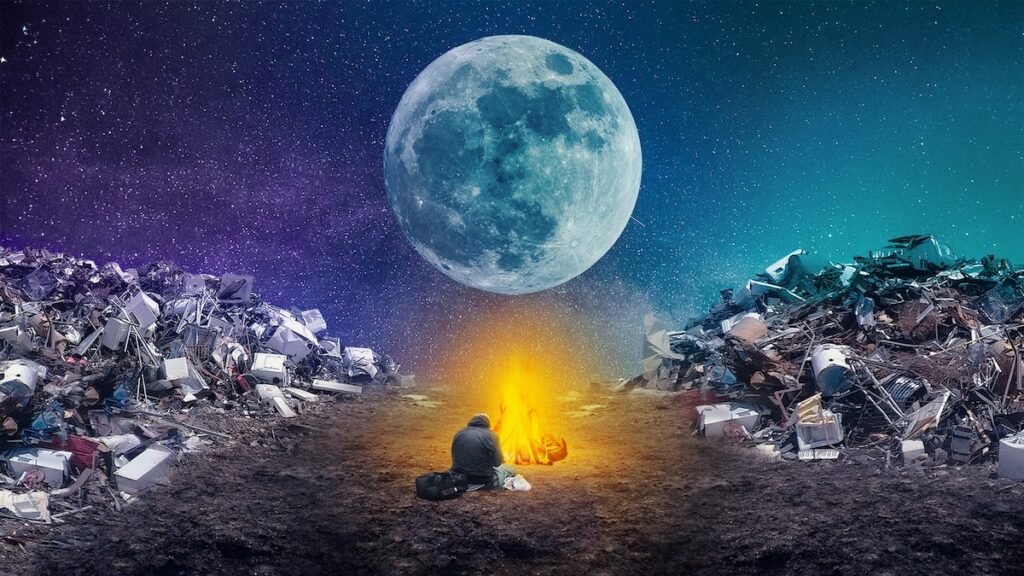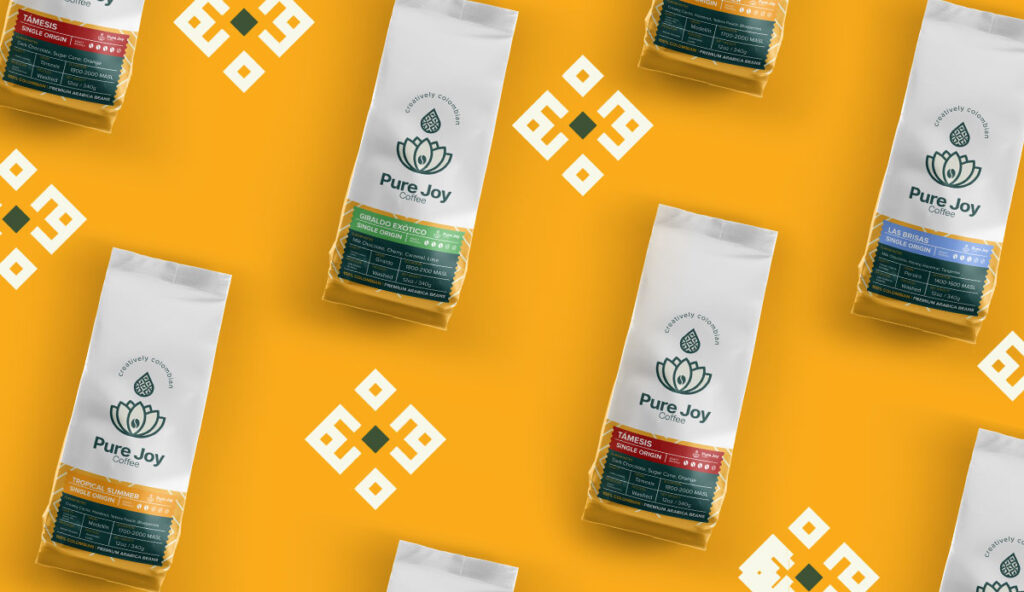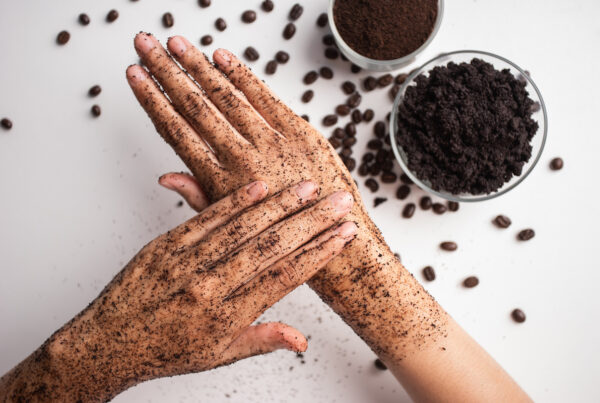K-Cups: How They Impact Our Health and Environment
Coffee drinkers and environmentalists around the world have debated the environmental impact of K-Cups in recent years. With their convenience and affordability, K-Cups have taken the world by storm, becoming a popular way to make coffee and other hot beverages. While K-Cups offer convenience, their environmental impact is undeniable. In this blog post, we’ll take a look at the pros and cons of using K-cups and their impact on our health and the environment.
The Convenience of K-cups
So what are exactly are K-Cups? They are single-serving coffee pods made of plastic and foil lids. A brewing machine punctures the lid and forces hot water through the coffee grounds, producing a cup of coffee in just seconds.
When John Sylvan invented the Keurig coffee maker in the 1990s, he revolutionized the way people make and consume coffee. Busy coffee drinkers who wanted a quick and easy cup of coffee quickly embraced the idea of making single-serving cups of coffee with pre-measured coffee grounds.
The Environmental Impact of K-Cups
Firstly let’s be clear: K-Cups are incredibly convenient. They offer a variety of flavors, save us from wasting coffee, and have a long shelf life. However, the dark side of K-Cups lies in their environmental impact:
1. Single-Use Waste: Most K-Cups are single-use, meaning they end up in landfills, contributing to the global plastic pollution crisis. These small pods might seem insignificant, but their collective impact is enormous. In 2019 alone, K-Cups generated enough waste to circle the Earth over 12 times!
2. Resource-Intensive Production: Producing K-Cups requires vast amounts of resources, from extracting aluminum and plastic to manufacturing and packaging. These processes consume energy, water, and raw materials, putting a strain on our planet’s natural resources.
3. Packaging Waste: Each K-Cup is individually wrapped, adding to the excessive packaging waste problem. This not only fills up landfills but also requires more energy to produce and transport.
4. Carbon Footprint: The production, packaging, and transportation of K-Cups generate significant carbon emissions, contributing to climate change. The coffee industry needs to take a closer look at its environmental footprint.
As the popularity of single-serving coffee continues to soar, so too do the environmental impacts of K-cups.
The plastic pods and foil lids that make up K-Cups are difficult to recycle, causing billions of used K-Cups to end up in landfills every year. Even when recycling programs exist, the entire K-cup is rarely recyclable.
For coffee drinkers who are concerned about their environmental footprint, there are still plenty of eco-friendly ways to enjoy a cup of coffee. You can find Reusable K-Cup pods and fill them with your favorite ground coffee. If you don’t want to invest in a reusable pod, there are a few brands that offer recyclable K-Cup pods made from compostable or biodegradable materials. Notably as well, most traditional drip coffee machines and other brewing devices (e.g.: Chemex) use significantly less plastic than K-Cup machines, making them a great option for environmentally conscious consumers.
The Health Concerns with K-Cups
Undoubtedly, using K-Cups may raise several health concerns for individuals. While convenient, K-Cups have some potential drawbacks that should be considered:
1. Environmental Impact: One of the foremost concerns is the environmental impact of K-Cups. Most K-Cups are made of non-recyclable or non-biodegradable materials, such as plastic and aluminum, which contribute to plastic waste in landfills. The environmental toll of discarded K-Cups has prompted many to seek more eco-friendly alternatives.
2. Potential for Toxins: The plastic used in K-Cups can contain potentially harmful chemicals like BPA (bisphenol A). Although many manufacturers have moved towards BPA-free plastics, some studies suggest that other chemicals used in plastics may also have health risks when heated, potentially leaching into the beverage.
3. Freshness and Quality: Pre-packaged coffee in K-Cups may not be as fresh as coffee beans that are ground just before brewing. Coffee enthusiasts argue that freshness is crucial for the best taste and aroma. K-Cups may also contain lower-quality coffee compared to freshly roasted beans.
4. Reduced Control Over Serving Size: K-Cups often produce a standard serving size, which may not align with an individual’s preferred coffee strength or quantity. This could lead to overconsumption of caffeine or excessive waste if a user brews a K-Cup but doesn’t want the full serving.
To address these health concerns, some individuals opt for reusable K-Cup pods, which allow them to use their own coffee grounds and reduce waste. Additionally, being mindful of the type of plastic used in K-Cups, the freshness of the coffee, and overall consumption can help mitigate some of the potential health risks associated with their use.
Are K-Cups Worth It?
When Keurig coffee makers first hit the market, they revolutionized the way people make their morning cups of coffee. Single-serving coffee pods, like K-Cups, became a popular choice for those who wanted the convenience of a cup of coffee in just seconds. But at what cost?
The environmental impact of K-Cups is well documented. The plastic pods circle the globe, with most ending up in landfills or incinerators. With billions of non-recyclable plastic pods being used each year, it’s not hard to see why so many people have switched away from K-Cups.
A few notable drawbacks to K-Cups:
Limited Coffee Selection: K-Cup users are limited to the coffee varieties available in pod form. This can restrict options for those who prefer specific types of coffee. Customizing the grind size, roast level, and blend is not possible with K-Cups.
Cost: Over time, using K-Cups can be more expensive than buying coffee beans or ground coffee.
Incompatible with Some Machines: K-Cups are designed specifically for Keurig machines, limiting their compatibility. This can be an issue if you have a different type of coffee maker or if you want to use your Keurig machine for other purposes.
Table: The Environmental Pros and Cons of K-Cups
| Pros | Cons |
|---|---|
| Convenience – Quick and easy brewing | Single-use waste – Most K-Cups are not recyclable or compostable |
| Portion control – Reduces coffee wastage | Resource-intensive production – Plastic and aluminum extraction |
| Variety – Wide range of flavors and brands | Packaging waste – Individually wrapped pods |
| Long shelf life – Less coffee spoilage | Carbon footprint – Transportation and manufacturing |
At the end of the day, it comes down to personal preference. Investing in a traditional drip coffee machine may be a better option if you want a convenient cup of coffee without all the waste. Regardless of your preferred brewing method, it’s important to consider the environmental impact of our coffee consumption habits.
Reusable K-Cup Pods
Unlike K-Cups that are designed for single-serving use and then thrown away, reusable K-Cups can be used again and again. This way you reduce the amount of waste generated by brewing a cup of coffee and you save money in the long run. You can fill the cups with your favorite ground coffee, which can be much cheaper than purchasing pre-filled K-Cups. Additionally, you can easily wash the reusable K-Cups and reuse them multiple times before needing to replace them.
Pure Joy Coffee In Your Reusable K-Cup Pod
Coffee lovers all over the world can rejoice because Pure Joy Specialty Coffee can be used in reusable K-Cups, and you can get the same delicious cup of coffee in less than a minute, without any of the environmental impact associated with single-serving K-Cups.
Here’s why you should consider making the switch:
1. Minimize Waste: By using reusable K-Cups, you can significantly reduce your single-use plastic waste. Simply fill the K-Cup with your favorite Pure Joy Coffee blend, brew, and then rinse it for another eco-friendly cup.
2. Cost-Effective: Not only are you saving the planet, but you’re also saving money in the long run. Reusable K-Cups are a one-time purchase that will keep your coffee consumption eco-friendly and budget-friendly.
3. Support Sustainable Practices: When you choose Pure Joy Coffee, you’re supporting a brand committed to sustainability. We source our beans responsibly, minimize our environmental impact, and prioritize eco-friendly packaging.
Brew For A Better Tomorrow
The K-Cup revolution has drastically changed the way many people consume coffee. It has also had an immense environmental impact due to the non-recyclable plastic pods and non-biodegradable foil lids. Despite the environmental concerns, many people continue to turn to single-serving K-Cups for convenience and the ability to quickly make a cup of coffee.
If you’re looking for an alternative to K-Cups, you could invest in a traditional drip coffee maker or purchase a reusable K-Cup pod. If using a drip coffee machine and wondering what to do with the left over coffee grounds, keep in mind that they can be used in a variety of ways, such as composting or as an exfoliant.
The environmental impact of K-Cups is a pressing concern, but by making a small change in your daily routine – like using a reusable K-Cup – you can make a big difference. Let’s sip our morning brews knowing that we’re contributing to a greener, more sustainable future, one cup at a time. Cheers to a planet-friendly cup of coffee!










